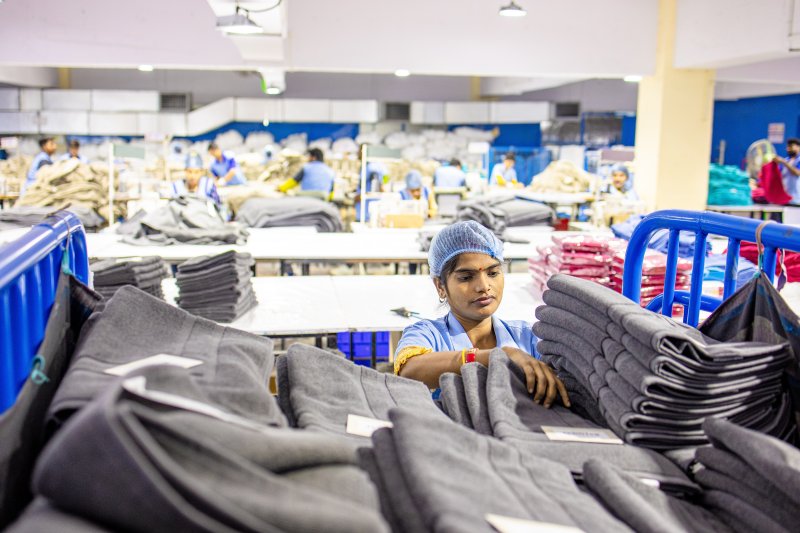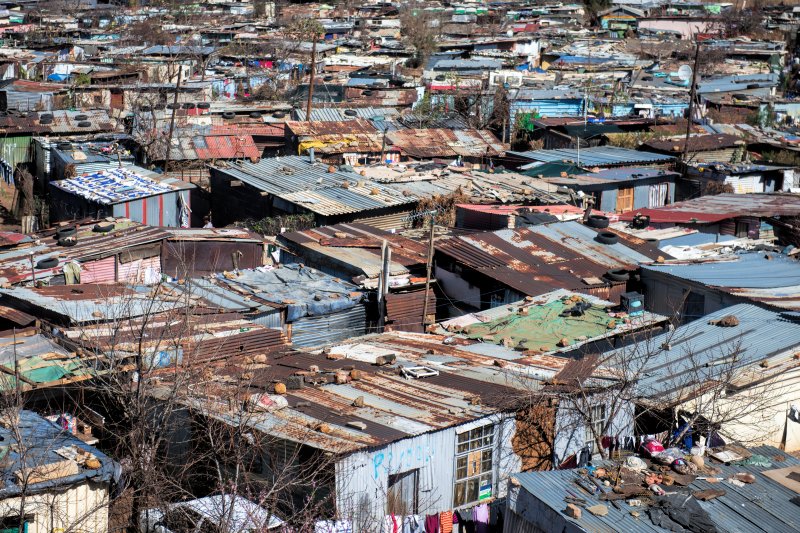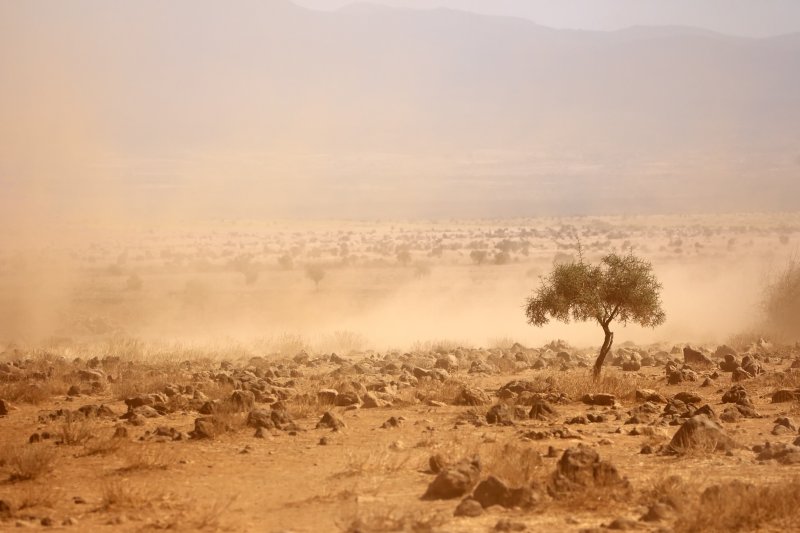International Research Powers the U.S. Economy
The Future of Money in the U.S.
Central banks around the world are exploring the promise and pitfalls of creating digital currency. Central Bank Digital Currency (CBDC) offers the convenience of real-time digital payments, money transfers, and government disbursements—but the public might pay a price in privacy and security.
Collaboration with experts in the UK, Switzerland, and Israel helped James Grimmelmann and Ari Juels (Cornell Tech) and Eswar Prasad (College of Arts and Sciences) write an influential paper in 2020 that laid out cutting-edge policy and technical considerations for the U.S. to design a resilient, secure CBDC.
Paper cited by U.S. Federal Reserve
Fashion’s Climate Breakdown
Heat is costing lives, livelihoods, and profits for U.S. apparel companies. Jason Judd and Sarosh Kuruvilla (ILR School) and colleagues found extreme heat is lowering productivity in apparel factories, mainly located in the Global South. The effects include lower exports and GDP and poor health outcomes for workers.
ILR Global Labor Institute Reports
Productivity losses due to heat in factories in developing countries affect the profitability of U.S. fashion companies that source from them.
Protecting U.S. Democracy
Kaushik Basu (A&S), chief economist of the World Bank from 2012 to 2016, led the bank to create a shared prosperity index that ranks countries by the well-being of the bottom 40% of the population, instead of relying on per capita or average income.
Comparative research around the globe explains how the concentration of wealth impacts domestic political systems—in the U.S. and abroad.
“Excessive inequality is not just bad—it damages democracy by robbing the masses of their voice.”
Insuring Against Drought
Chris Barrett (Dyson School of Applied Economics and Management) and partners created a satellite-based drought insurance model—index-based livestock insurance (IBLI)—to mitigate catastrophic drought risk in the Horn of Africa. The government of Kenya scaled it nationally, and the UN World Food Programme and others deployed it across Africa.
IBLI research piloted in Africa provided the model for satellite-powered crop insurance now offered to American farms and ranches by the USDA Risk Management Agency.
Next Up: Food and Nutrition | Return to: International Research Matters for the United States





